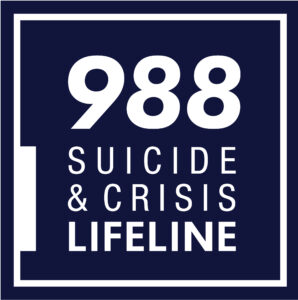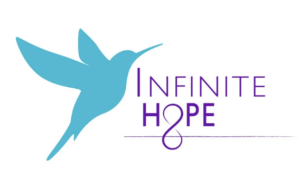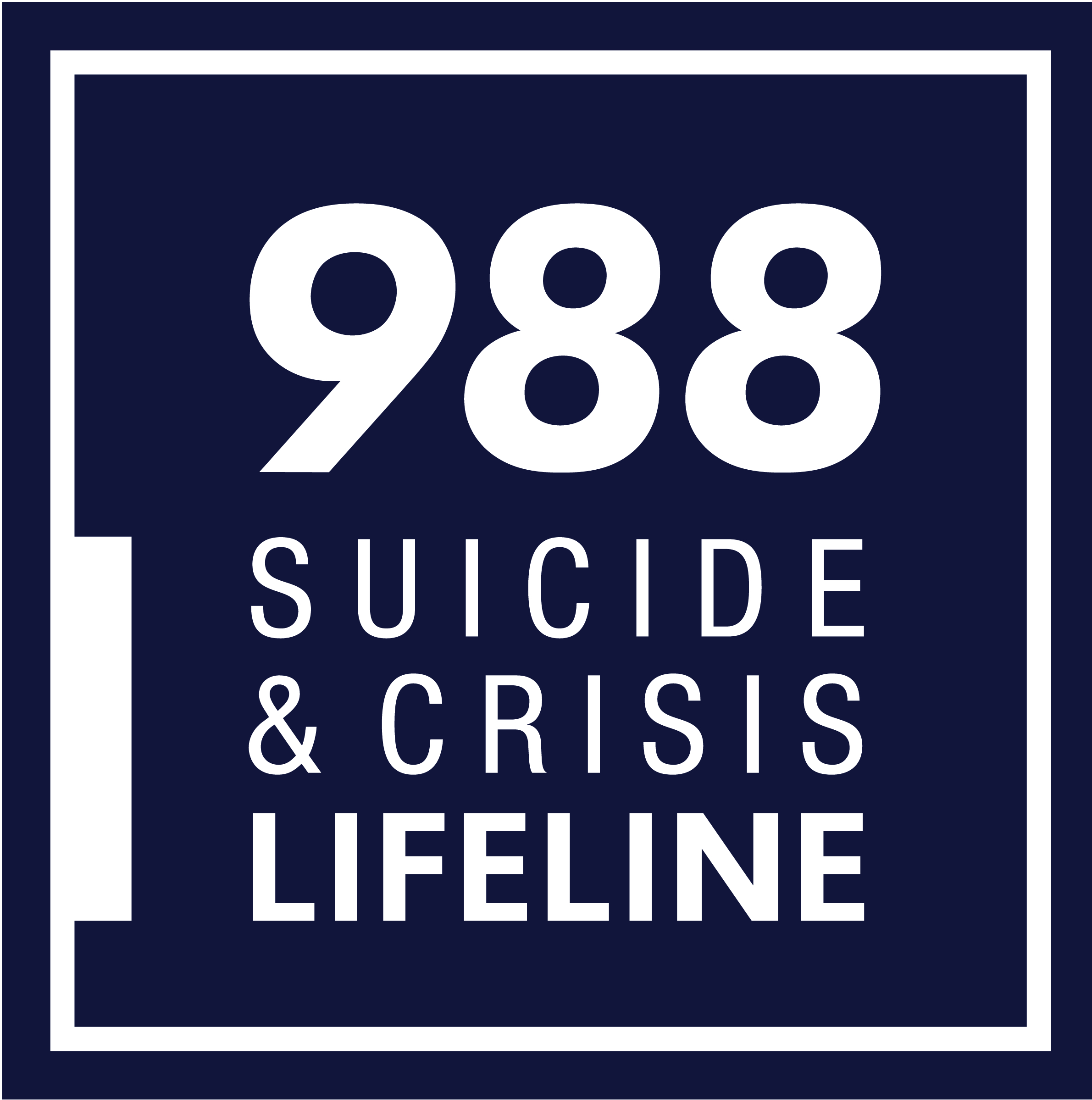Suicide is a preventable public health problem. One of the ways to prevent suicide is to talk about it and its negative affects and to learn as much as possible about it.
Asking for help is often not easy, especially when it’s you who is feeling down, overwhelmed, irritable or anxious. Our tendency is to think it will just go away, or even believe those negative messages that run through our heads that say things like: “Maybe I’m just no good.”
Some people begin to have suicidal thoughts. But thoughts of ending your own life do not necessarily mean that you truly want to die—they mean, rather, that you have more pain than you can cope with right now. The pain of deep depression is intense. It is too much to bear for long periods of time.
But even if you’re in a lot of pain, give yourself some distance between thoughts and action. Make a promise to yourself, “I will wait 24 hours or longer and won’t do anything drastic during that time.”
Thoughts and actions are two different things—your suicidal thoughts do not have to become a reality.
Talk to someone who has experience helping people in your situation:
- a crisis or suicide hotline
- a family member
- a private therapist, counselor, or psychologist
- a community mental health agency
- a school counselor
- a family physician
- a religious/spiritual leader
Avoid using drugs and alcohol when you are feeling desperate or in a crisis. Although it is tempting to try to use them to try to numb painful feelings, they can make your emotions more volatile, and affect your judgment. Using drugs or alcohol while you are in crisis will greatly increase your risk of hurting or killing yourself impulsively, even though you may not have fully decided to do that.
Right now, if you are struggling with suicidal thoughts,
contact someone…Just know real help is available.
 If your child talks about dying and not wanting to live anymore or is continuously down and not doing any of the things she enjoy, you must start talking to her about suicide. This is a hard conversation topic for anyone. Some people think talking about suicide causes suicide to occur. That is not true. In fact, talking about suicide can be an excellent prevention tool. People who are not suicidal reject the idea, and people who may be thinking about it often welcome the chance to talk. They feel someone else recognizes their pain.
If your child talks about dying and not wanting to live anymore or is continuously down and not doing any of the things she enjoy, you must start talking to her about suicide. This is a hard conversation topic for anyone. Some people think talking about suicide causes suicide to occur. That is not true. In fact, talking about suicide can be an excellent prevention tool. People who are not suicidal reject the idea, and people who may be thinking about it often welcome the chance to talk. They feel someone else recognizes their pain.
As a parent, you must accept the possibility that your child may be at risk of suicide.
Then, ask these questions:
- Are you thinking about suicide?
- Are you thinking about killing yourself?
- Do you have a plan?
- Do you have the means to do it (a way to do it)?
If your child answers yes to these questions, you need to get help immediately, do not leave your child alone. Reassure her that help is available and that you will assist her in finding the right help. Be careful you do not take over and try to ‘fix’ things for your child.
Making significant changes can be a long process and there will be some bumps along the way. The journey begins with a conversation. It will take courage, time, space, patience and skill to start this conversation.
 As many as one third of the people
As many as one third of the people
in Kentucky, suffer devastating and long lasting emotional trauma when a family member, friend, co-worker, neighbor or classmate dies as a result of suicide.
This is not just a Kentucky problem, but a national one. Each year nearly 30,000 people in the United States die by suicide — the devastated family and friends they leave behind are known as “survivors.” There are millions of survivors who, like you, are trying to cope with this heartbreaking loss.
Survivors often experience a wide range of grief reactions, including some or
all of the following:
- Shock is a common immediate reaction.
You may feel numb or disoriented, and may have trouble concentrating. - Symptoms of depression, including disturbed sleep, loss of appetite intense sadness, and lack of energy.
- Anger towards the deceased, another family member, a therapist, or yourself.
- Relief, particularly if the suicide followed a long and difficult mental illness.
- Guilt, including thinking, “If only I had.…”
These feelings usually diminish over time, as you develop your ability to cope and begin to heal.
Know that 90 percent of all people who die by suicide have a diagnosable psychiatric disorder at the time of their death (most often depression or bipolar disorder). Just as people can die of heart disease or cancer, people can die as a consequence of mental illness. Try to bear in mind that suicide is almost always complicated, resulting from a combination of painful suffering, desperate hopelessness, and underlying psychiatric illness.
 It’s important to remember that you can survive the pain. There may be times when you don’t think it’s possible, but it is.
It’s important to remember that you can survive the pain. There may be times when you don’t think it’s possible, but it is.
Here is some guidance from fellow survivors:
- Some survivors struggle with what to tell other people. Although you should make whatever decision feels
right to you, most survivors have found it best to simply acknowledge that their loved one died by suicide. - You may find that it helps to reach out to family and friends. Because some people may not know what to say,
you may need to take the initiative to talk about the suicide, share your feelings, and ask for their help. - Even though it may seem difficult, maintaining contact with other people is especially important
during the stress-filled months after a loved one’s suicide. - Keep in mind that each person grieves in his or her own way. Some people visit the cemetery weekly;
others find it too painful to go at all. - Each person also grieves at his or her own pace; there is no set rhythm or timeline for healing.
- Anniversaries, birthdays and holidays may be especially difficult, so you might want to think about whether to continue old traditions or create some new ones. You may also experience unexpected waves of sadness;
these are a normal part of the grieving process. - Some survivors find comfort in community, religious, or spiritual activities, including talking to a
trusted member of the clergy. - Many survivors use the arts to help them heal, by keeping a journal, or writing poetry or music.
- Try to take care of your own well-being; consider visiting your doctor for a check-up.
- Be kind to yourself. When you feel ready, begin to go on with your life. Eventually starting to enjoy life again
is not a betrayal of your loved one, but rather a sign that you’ve begun to heal.
 SOS Signs of Suicide is a 2-day secondary school-based intervention that includes screening and education. Students are screened for depression and suicide risk and referred for professional help as indicated. Students also view a video that teaches them to recognize signs of depression and suicide in others. They are taught that the appropriate response to these signs is to acknowledge them, let the person know you care, and tell a responsible adult (either with the person or on that person’s behalf). Students also participate in guided classroom discussions about suicide and depression. The intervention attempts to prevent suicide attempts, increase knowledge about suicide and depression, develop desirable attitudes toward suicide and depression, and increase help-seeking behavior.
SOS Signs of Suicide is a 2-day secondary school-based intervention that includes screening and education. Students are screened for depression and suicide risk and referred for professional help as indicated. Students also view a video that teaches them to recognize signs of depression and suicide in others. They are taught that the appropriate response to these signs is to acknowledge them, let the person know you care, and tell a responsible adult (either with the person or on that person’s behalf). Students also participate in guided classroom discussions about suicide and depression. The intervention attempts to prevent suicide attempts, increase knowledge about suicide and depression, develop desirable attitudes toward suicide and depression, and increase help-seeking behavior.
To find out how your Kentucky school district can qualify for a free middle or high school kit, please click on links below, or send a message to kspginc@gmail.com
 QPR stands for question, persuade, and refer. It is an educational program that teaches ordinary citizens how to recognize a mental health emergency and how to get a person at risk the help they need.
QPR stands for question, persuade, and refer. It is an educational program that teaches ordinary citizens how to recognize a mental health emergency and how to get a person at risk the help they need.
Gatekeepers include neighbors, parents, friends, teachers, squad leaders, foremen, doctors, police officers, ministers, firefighters, advisors, nurses, caseworkers, office supervisors, and many others who are strategically positioned to recognize and refer someone at risk of suicide.
Just as people trained in CPR and the Heimlich Maneuver save thousands of lives each year, people trained in QPR learn how to recognize the warning signs of a suicide crisis and how to question, persuade, and refer someone to help.
As a QPR-trained Gatekeeper you will learn to:
- Recognize the warning signs of suicide.
- Identify risk factors associated with suicide and attempts.
- Know how to offer hope.
- Ask the question.
- Know how to get help.
Please consider joining in the action plan to save lives in Kentucky. Gatekeeper training presentations can be adapted to your particular need, including content and length. Click an area close to you on the map for upcoming QPR meetings and events. You may also send a request to: kspginc@gmail.com
QPR TRAINERS: Resource materials are available to assist QPR Trainers in their training and teaching procedures. For more information, please send a request to: kspginc@gmail.com
Working with a suicidal client, is more complex than simply knowing what questions to ask. The task of creating a context for accurate risk assessment is among the most challenging of clinical endeavors. It’s essential the environment created and managed by the clinician provide the patient a sense of safety and comfort that encourages he or she to disclose and discuss in detail feelings permeated by ambivalence.
In contrast to other clinical problems, ambivalence is a key concept in suicide risk assessment and management. Seemingly very minor aspects of the patient-clinician interaction can nudge ambivalence in one direction or the other, encouraging or discouraging a patient to be forthcoming about suicide plans, access to method, preparation or rehearsal and intent.
Given some of the distinctive challenges in working with clients at risk for suicide, it is imperative clinicians take advantage of training opportunities to expand their skill and competence. Despite its prevalence, training in suicide assessment and intervention is often inadequate. According to the American Association of Suicidology, the average clinician receives only about 2 hours of didactic training around suicidality.
Even professionals who work with patients at risk for suicide don’t always know all the suicidal symptoms, risk factors and self-injurious behavior common among clients in mental health and substance abuse treatment settings. As many as 50% of those who die by suicide every year were in psychiatric treatment at the time of their death. That’s why it’s vital for professionals to have all the information they need to help their clients. In one recent multi-site study (2001) 31% of the clients in outpatient mental health care reported suicidal ideation. Suicidality is the most frequently encountered emergency situation in mental health settings and is the most anxiety-provoking clinical scenario for practitioners. For more information about national clinical trainings visit these websites:
Professional Organizations
Below are some professional web sites that can help us talk about and prevent suicide.

American Foundation for Suicide Prevention

American Association of Suicidology

Kentucky Department for Behavioral Health, Developmental and Intellectual Disabilities








